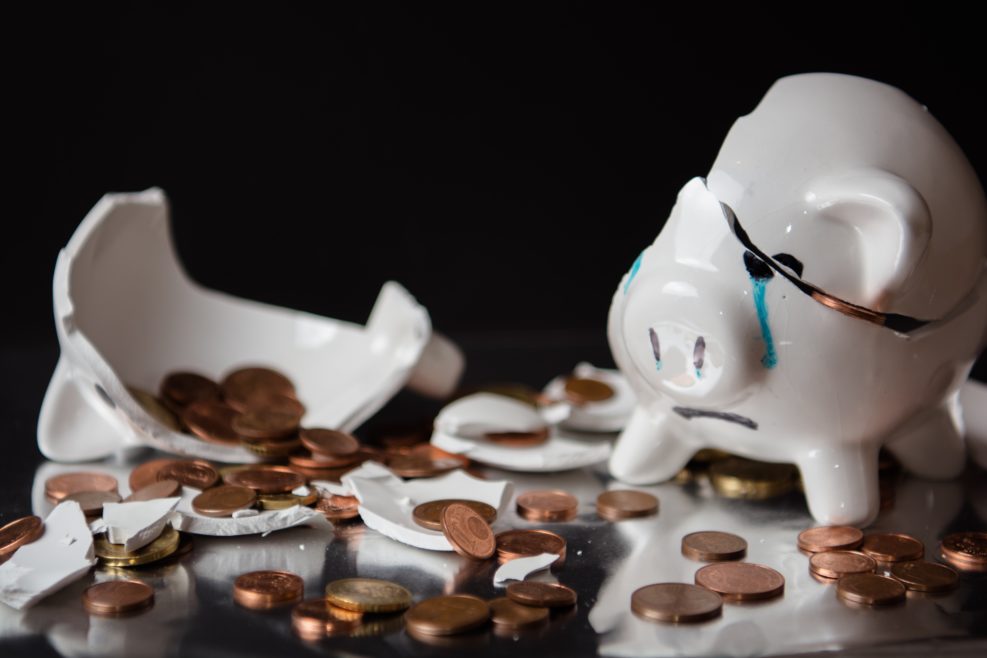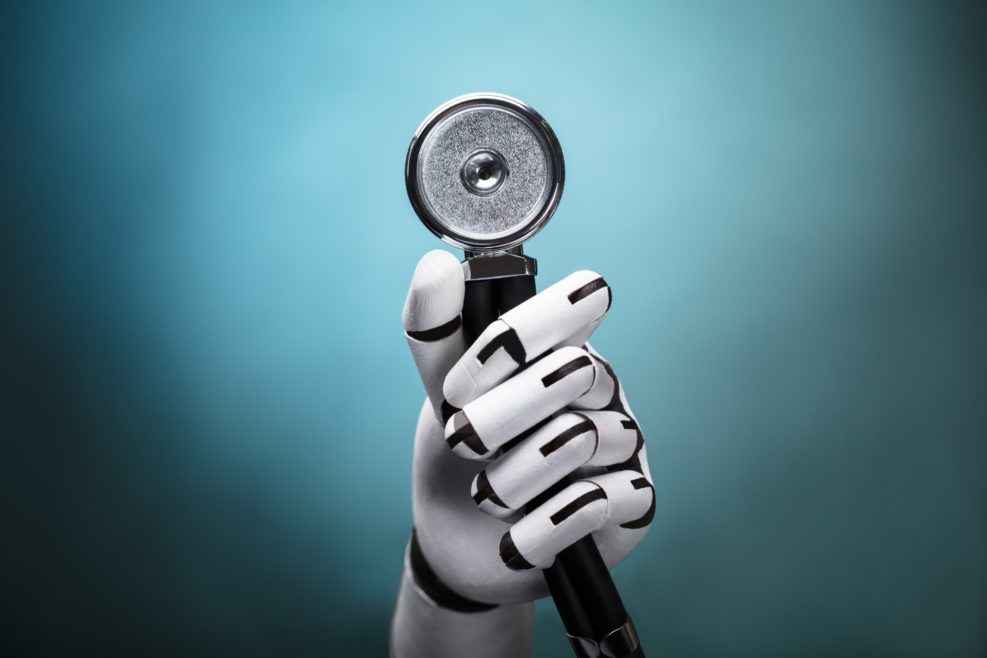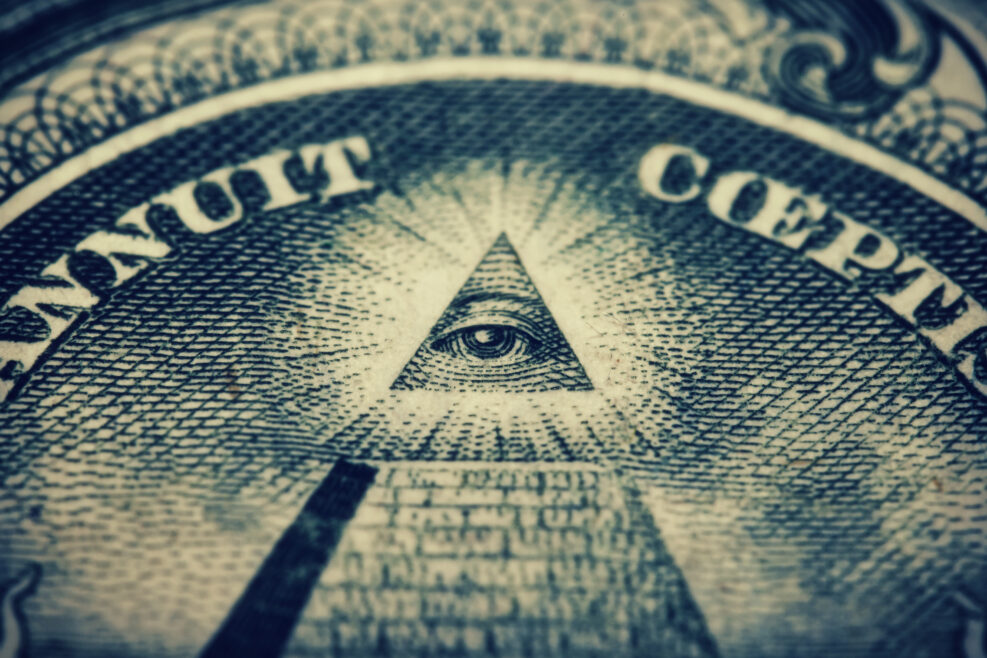
Archives


Destructing the Creative Destruction Myth
Debunking the argument that the Fortune 100 list is evidence of the productive vitality of capitalism
COVID-19, Bayes’ Rule, and Simpson’s paradox
Israeli data, when studied carefully, confirm the effectiveness of COVID-19 vaccines
Insurance Company Gives Sour AI Promises
Data collection and discriminatory algorithms are turning Lemonade sour
An Epic Failure: Overstated AI Claims in Medicine
Independent investigations are finding that AI algorithms used in hospitals are not all they claim to be
The Word “AI” Has Become a Marketing Ploy
Think twice before investing in a business that uses the word "AI" without further explanation
Using Benford’s Law to Detect Bitcoin Manipulation
Market prices are not invariably equal to intrinsic values
The Great American Novel Will Not be Written by a Computer
It takes more than statistical genius to understand words and create works of art
A Vulnerable System: Fake Papers and Imaginary Scientists
Publication counts and citation indexes are too noisy and too easily manipulated to be reliable
Gaming the System: The Flaws in Peer Review
Peer review is well-intentioned, but flawed in many ways
Publish or Perish — Another Example of Goodhart’s Law
In becoming a target, publication has ceased to be a good measure
A World Without Work? Don’t Hold Your Breath
Predictions of mass unemployment caused by robots continue to be wildly inaccurate
Exercise is Medicine: The Power of Regular Physical Activity
Recent research reveals that exercise is one of our most powerful defenses against illness and disease
Artificial Unintelligence
The failure of computer programs to recognize a rudimentary drawing of a wagon reveals the vast differences between artificial and human intelligence
Doctors Won’t Be Obsolete Anytime Soon
Despite fanfare and positive portrayals in pop culture, artificial intelligence “doctors” are failing to live up to the hype.
Why We Need to Stop Relying On Patents to Measure Innovation
The key to a nation's long-run economic growth is the effect of innovation on productivity, and has little to do with patent activity
Spot and Choose: Fair Play is Uniquely Human
How snake drafts, cake cuts, and queues exemplify human uniqueness
The Illuminati and How Science Now Fuels Anti-Science
Like Frankenstein's monster, technology aided by science has become a monster fueling anti-scientific theories
Bubble, Bubble, Toil and Trouble: Here We Go Again
Trouble brews when inexperienced traders try their hand at the stock market